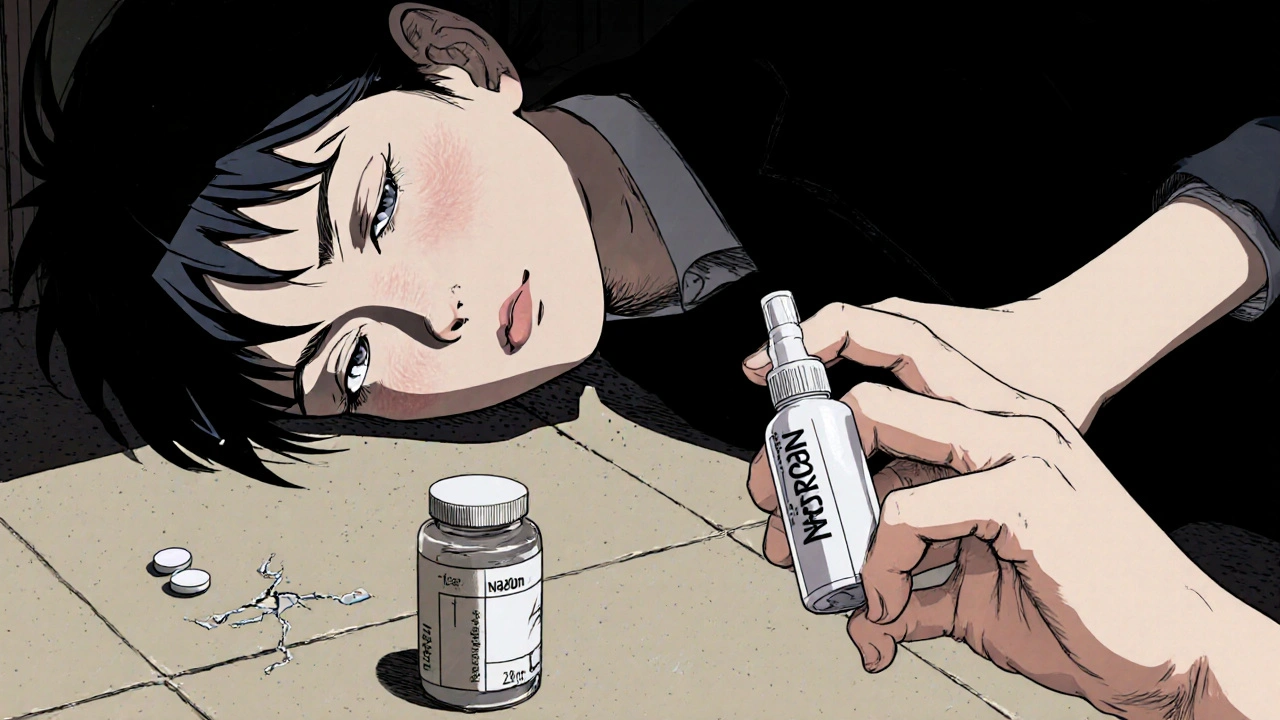Naloxone Use: How It Saves Lives from Opioid Overdose
When someone overdoses on opioids, every second counts. naloxone, a life-saving medication that blocks opioid effects in the brain. Also known as Narcan, it’s not a cure—it’s a reset button for breathing. You don’t need to be a doctor to use it. Emergency responders carry it. Family members keep it in their medicine cabinets. Even strangers have used it to pull someone back from the edge.
Naloxone use is simple: it comes as a nasal spray or an injection. The spray goes in one nostril. The injection goes into the thigh muscle. Both work in 2 to 5 minutes. It doesn’t get you high. It doesn’t work on alcohol or benzodiazepines. It only reverses opioids—heroin, fentanyl, oxycodone, methadone. And if there’s no opioid in the system? It does nothing. That’s why it’s safe to hand out freely. Many states now let pharmacies sell it without a prescription. Schools, churches, and community centers keep it on hand.
But naloxone isn’t magic. It wears off in 30 to 90 minutes. Opioids can stay in the body much longer. That’s why someone who gets revived with naloxone must go to the hospital. Without medical care, they can slip back into overdose. Still, naloxone use has turned the tide in countless emergencies. In 2022, over 400,000 naloxone doses were distributed in the U.S. alone. Thousands of lives were saved because someone had the courage to act.
It’s not just about the drug. It’s about knowing when to use it. Signs of an opioid overdose: blue lips, slow or stopped breathing, unresponsiveness, pinpoint pupils. If you’re unsure, give naloxone anyway. The risk of doing nothing is death. The risk of giving it? None. That’s why organizations like the CDC and WHO recommend keeping it within reach if you or someone you know uses opioids—even if it’s for pain.
What you’ll find below are real stories, clear guides, and practical advice on how naloxone use fits into broader opioid safety. From how to store it in extreme heat, to what to say when calling 911, to why some people need two doses—we’ve got the details that matter. These aren’t theory pieces. They’re tools you can use tomorrow.
Signs and Symptoms of Medication Overdose You Should Recognize
Learn the key signs of medication overdose - from opioid to stimulant reactions - and what to do immediately if someone is overdosing. Early recognition saves lives.

